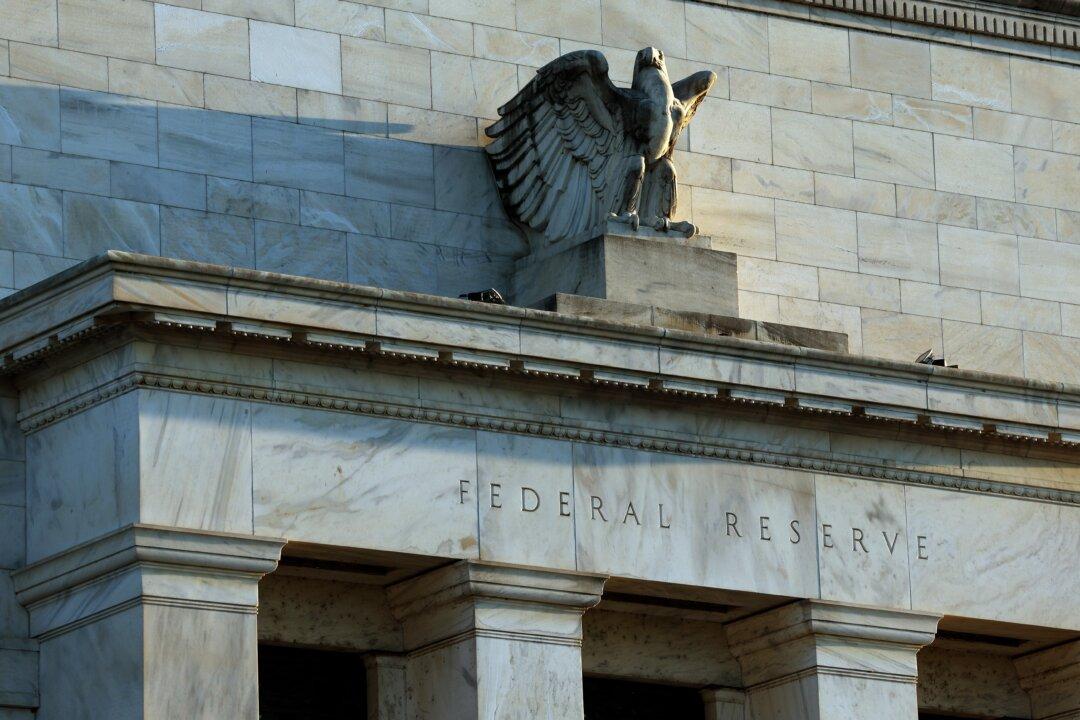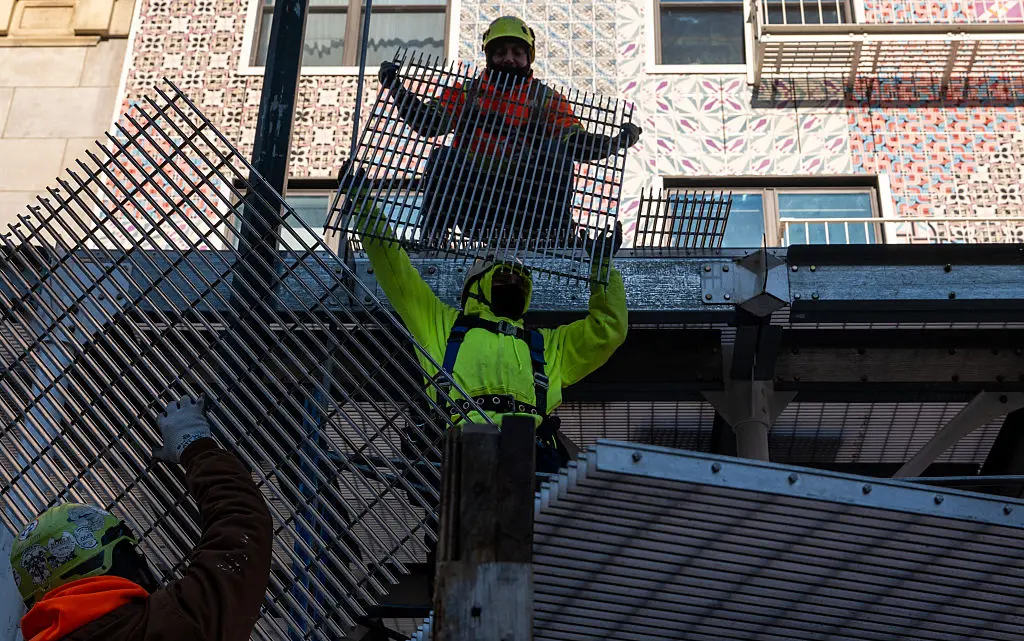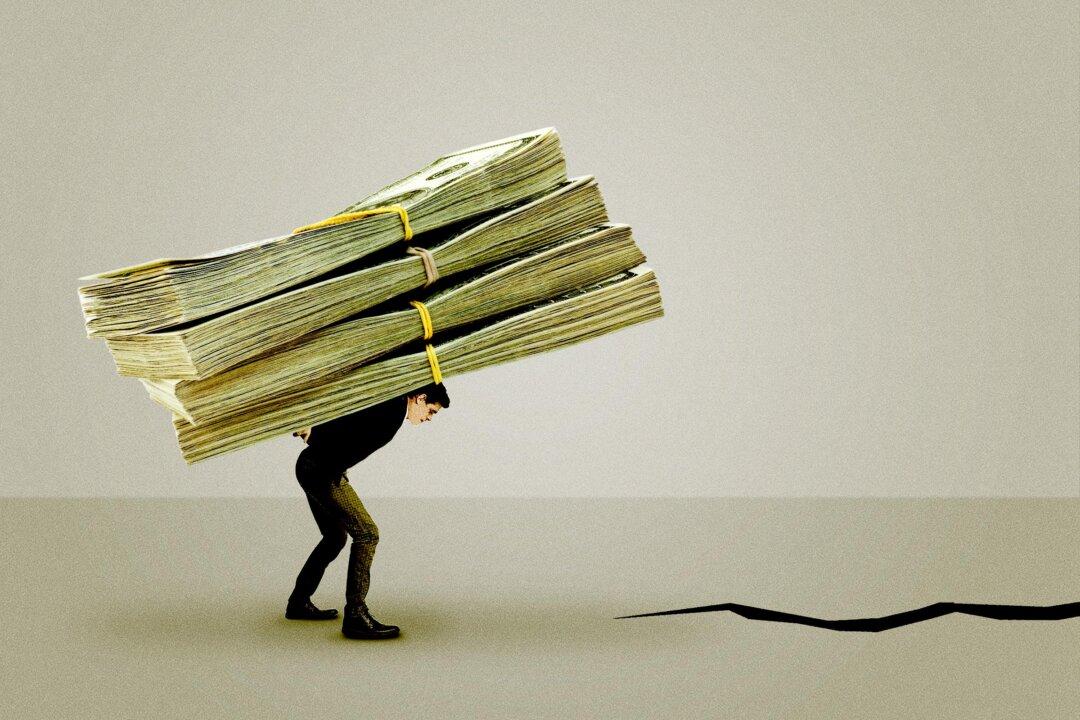Commentary
The U.S. Federal Reserve has just cut its target interest rate range by half a percent (50 basis points), a large jump by historical measures. This unusually large move signals the economy is worse off than has been widely reported, and that the central bank remains concerned about both the weakening economy and the stability of the banking system.





